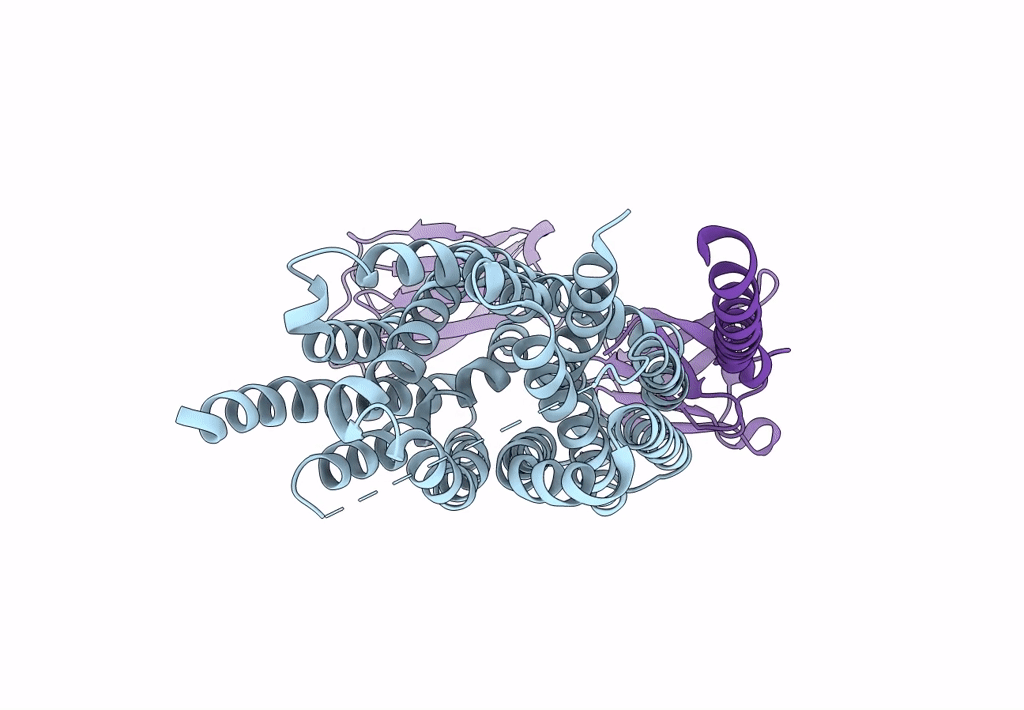
Deposition Date
2020-10-14
Release Date
2020-12-23
Last Version Date
2024-03-27
Entry Detail
PDB ID:
7DA5
Keywords:
Title:
Cryo-EM structure of the human MCT1 D309N mutant in complex with Basigin-2 in the inward-open conformation.
Biological Source:
Source Organism:
Homo sapiens (Taxon ID: 9606)
Host Organism:
Method Details:
Experimental Method:
Resolution:
3.30 Å
Aggregation State:
PARTICLE
Reconstruction Method:
SINGLE PARTICLE


